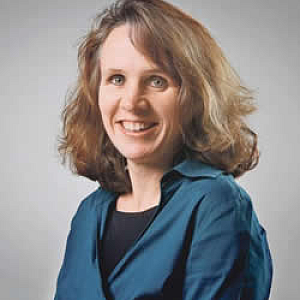
Laura Ungar
Midwest Editor/Correspondent

Midwest Editor/Correspondent
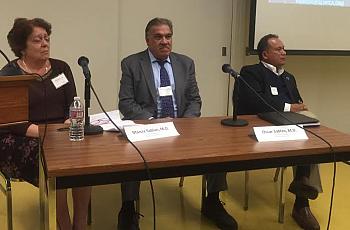
From telemedicine to transportation assistance to culturally appropriate care, panelists at the 2016 California Fellowship discuss strategies new and old for getting care to the state’s underserved communities.

Even as the ACA transforms the nation’s health care system, its future remains uncertain. But no matter what happens, the law and its impact will remain a central subject for health care journalists for years to come, as AHCJ 2015 panelists Sarah Kliff and Julie Appleby explained.
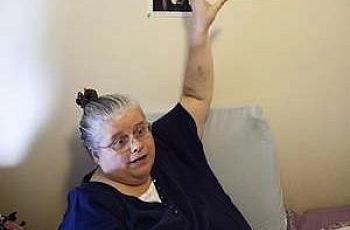
Patricia Green went to prison in 2009, which she says saved her life from her drug addiction. Now she is helping younger girls who, like her, need the support of others to move forward with their lives.

This organization receives more than 40,000 calls a year to its crisis lines, which guide addicts through those dark moments by connecting them with the treatment they need.

Research from across the nation shows that treating drug addiction reduces crime and medical expenses while boosting employment, meaning every dollar spent on treatment actually saves an average of $7.
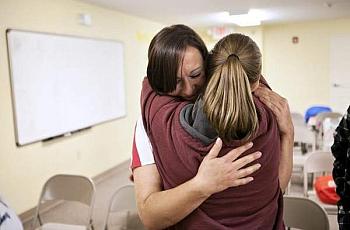
Recovery Kentucky centers opened across the state to help people break free of addiction and avoid chronic homelessness.

Experts say it’s nearly impossible to compare the effectiveness of one drug-addiction treatment against another because so much depends on the needs of the addict — and there is debate about how well medication-assisted therapy works.

Michael Donta, 24, tried to seek help for his prescription drug addiction but was never successful and he eventually took his own life in 2010.

In a state with one of the nation’s worst prescription-drug abuse problems, Kentucky's substance abuse programs often have long waiting lists, leaving those in need of help with nowhere to turn.
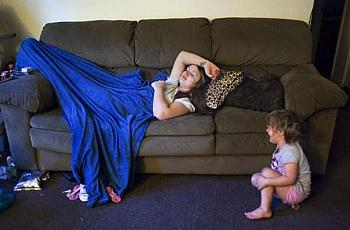
Prescription drug addictions in Kentucky are at an all time high. Laura Ungar reports on how this epidemic also leads to higher crime rates in concentrated areas.